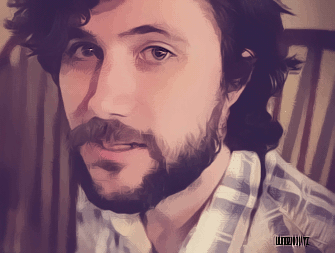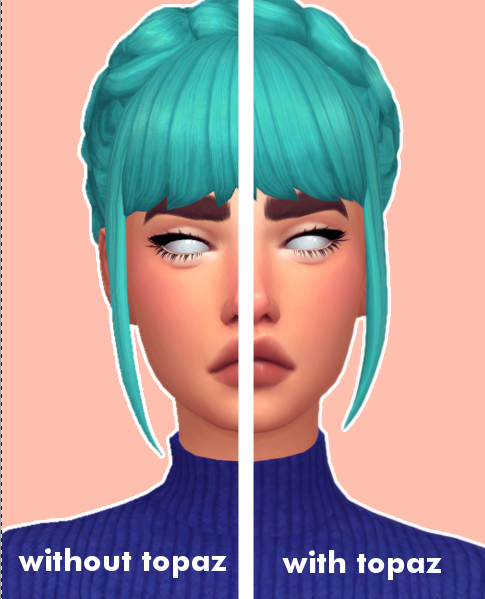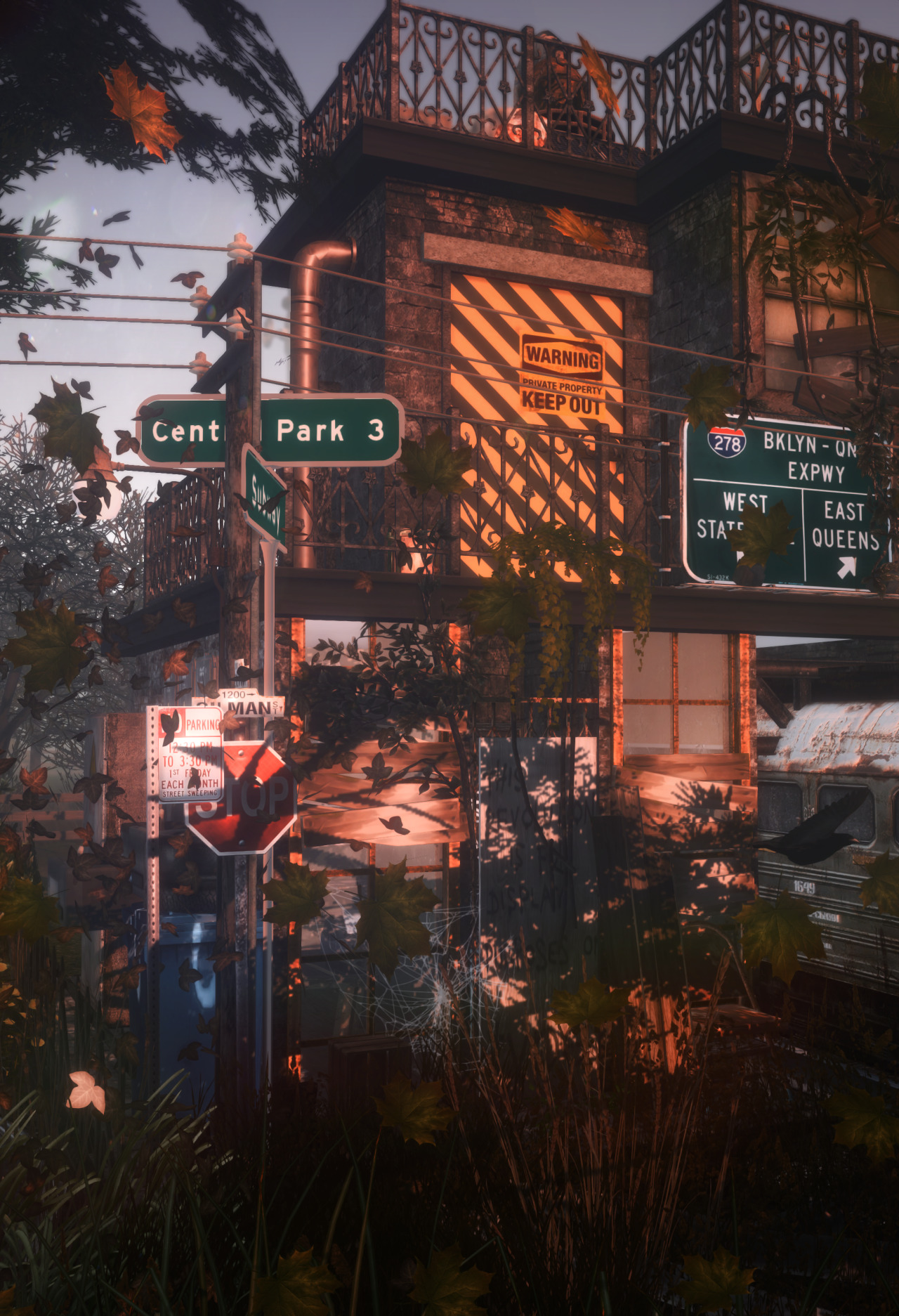
- #Topaz clean gimp tutorial install#
- #Topaz clean gimp tutorial iso#
- #Topaz clean gimp tutorial windows#
Noise reduction can introduce a pixelated stippling in dark areas. The latter two sliders are not affected by the Auto button, so they have to be dialled in manually for each image. “Recover Original Detail” can bring back the fine structures and small stars smoothed out by the noise reduction, but at the cost of less noise reduction, always the trade-off with such programs, AI not withstanding.

But turning it up too high wipes out star colors. “Color Noise Reduction” can help eliminate the colored halos around stars imparted by some narrowband nebula filters. This can be the case even when Sharpness is slid over to 1, the lowest setting. However, you might need to increase the “Remove Noise” slider and decrease “Enhance Sharpness,” as the latter can add dark rings around stars. When applying the DeNoise AI mode, it’s certainly worth trying Auto. As shown here, the latter can help reduce halos imparted by nebula filters. But detail recovery and color noise reduction need to be set manually. DeNoise “Auto” Option – The Auto button applies noise reduction and sharpening determined by its AI training. Yes, but at the risk of introducing odd-looking image artifacts.ĭeNoise AI offers several modes of operation: the namesake DeNoise AI is the main mode, but there’s a legacy AI Clear mode (which I found rarely worked well), and a Low Light mode which ostensibly should be best for most astrophotos. Despite the stacking, a fair degree of noise remained in the dark sky background.
#Topaz clean gimp tutorial iso#
This partly defeats AI’s promise of one-click processing.įor this example I used a stack of eight 8-minute exposures of Orion shot with an Optolong L-Enhance filter, using a red-sensitive Canon EOS Ra camera at ISO 3200. While the Auto button might work, to avoid the issues I show below I found I had to fiddle with settings trial-and-error. There is no way to take settings you’ve found that work well and save them as “user favorites.” You always have to start from scratch when editing an image. It reopens with the last settings you used anywhere, not with the settings you applied to that image you are re-editing. Unlike most smart filters, it does not save the unique settings applied to that smart object. If the image layer has a mask, DeNoise AI refuses to apply, giving an error message, even if the mask is blank with no content. In testing the plug-in version of DeNoise v3.0.3, I discovered several deficiencies:
#Topaz clean gimp tutorial windows#
Stand Alone App – Topaz DeNoise AI can run as a stand-alone app for Windows or MacOS, and can export its processed images back out as raw DNGs if desired, for further processing. I prefer that workflow as it allows DeNoise AI to be reopened at any time to change its settings. I ran all my tests on it out of Photoshop, applying DeNoise as a non-destructive “smart filter” to image layers that were smart objects.
#Topaz clean gimp tutorial install#
However, when you install DeNoise it also installs as a plug-in for Adobe Lightroom and Photoshop. After it processes images, it can export files back out as raw DNGs, or as JPGs, TIFs or PNGs. As such, it can be fed a folder of images for batch processing, perhaps for a time-lapse set. The issue was not so much wiping out stars, but adding unsightly artifacts in place of the random noise it was smoothing.ĭeNoise AI can run as a stand-alone program capable of opening JPGs, TIFs, and many formats of raw files. The artificial intelligence isn’t yet smart enough to fully understand astrophotos. I’ve found it works especially well cleaning up noise in high-ISO nightscape images.īut, as the results below show, if you are not careful DeNoise AI can ruin your images. Even users of specialized programs such as PixInsight have found DeNoise AI a useful tool late in the processing workflow of deep sky astrophotos. Leading the trend to AI is Topaz Labs, with a suite of popular programs: Gigapixel, Mask, Sharpen and, tested here, DeNoise.

AI promises to take much of the guesswork out of photo editing. A filter trained with artificial intelligence calculates and applies its effect automatically, based on what it “knows” has worked well on thousands of other images similar to yours. “AI” is the current hot feature in image processing software.

Who Is It For? Deep sky and nightscape photographers contending with noise at the final stage of processing. But does it work on astrophotos?Īll images by Alan Dyer ( ) Topaz DeNoise AI is a hot and popular product for cleaning up noisy images.

DeNoise AI is most effective at smoothing noise in high-ISO nightscapes, while also providing some sharpening to ground details.


 0 kommentar(er)
0 kommentar(er)
